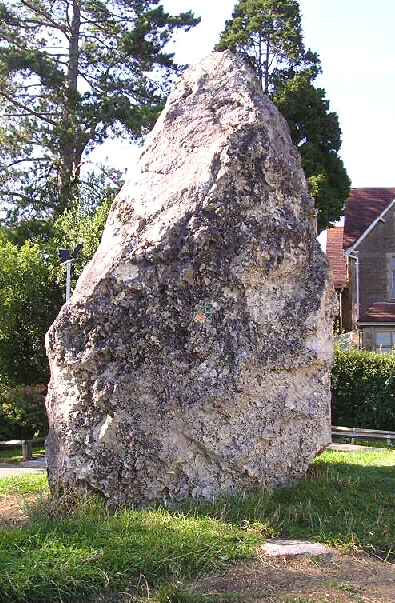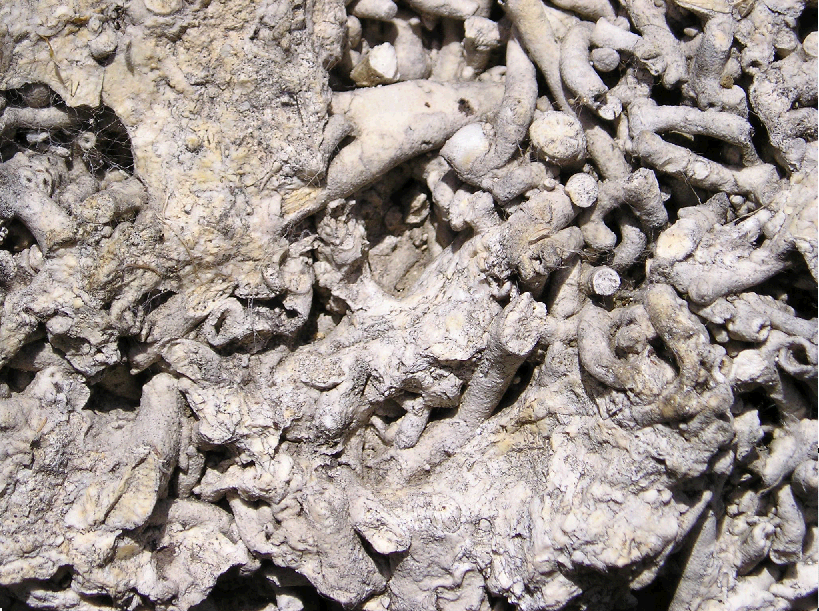

Close-up of the chalk and its amazing fossils.
It is a very fine-grained limestone.
The geology of Denmark is almost entirely of varieties of Chalk with overlying Tertiaries and Pleistocene, but the Chalk in this monolith is unlike almost all of our familiar chalks. It is both harder, and more clearly fossiliferous. It represents a fraction of the time unit called the Danian, a stage of the Cretaceous system only poorly represented in Britain.
Looking out over the narrow strait which is the main access to the Baltic Sea, Faxe Quarry has many associations. Its large floor area was served by a network of rail spurs worked by a famous collection of small steam engines, a place of pilgrimage for railway enthusiasts. The other fame has to be the nearby Brewery. Faxe Beer has qualities which geologists attribute to the nature of the local groundwater (naturally chalky and hard), which is an excuse for testing a bottle or two. The brewery, as is the norm in Scandinavia it seems, has always been a sponsor of archaeology and exploration.